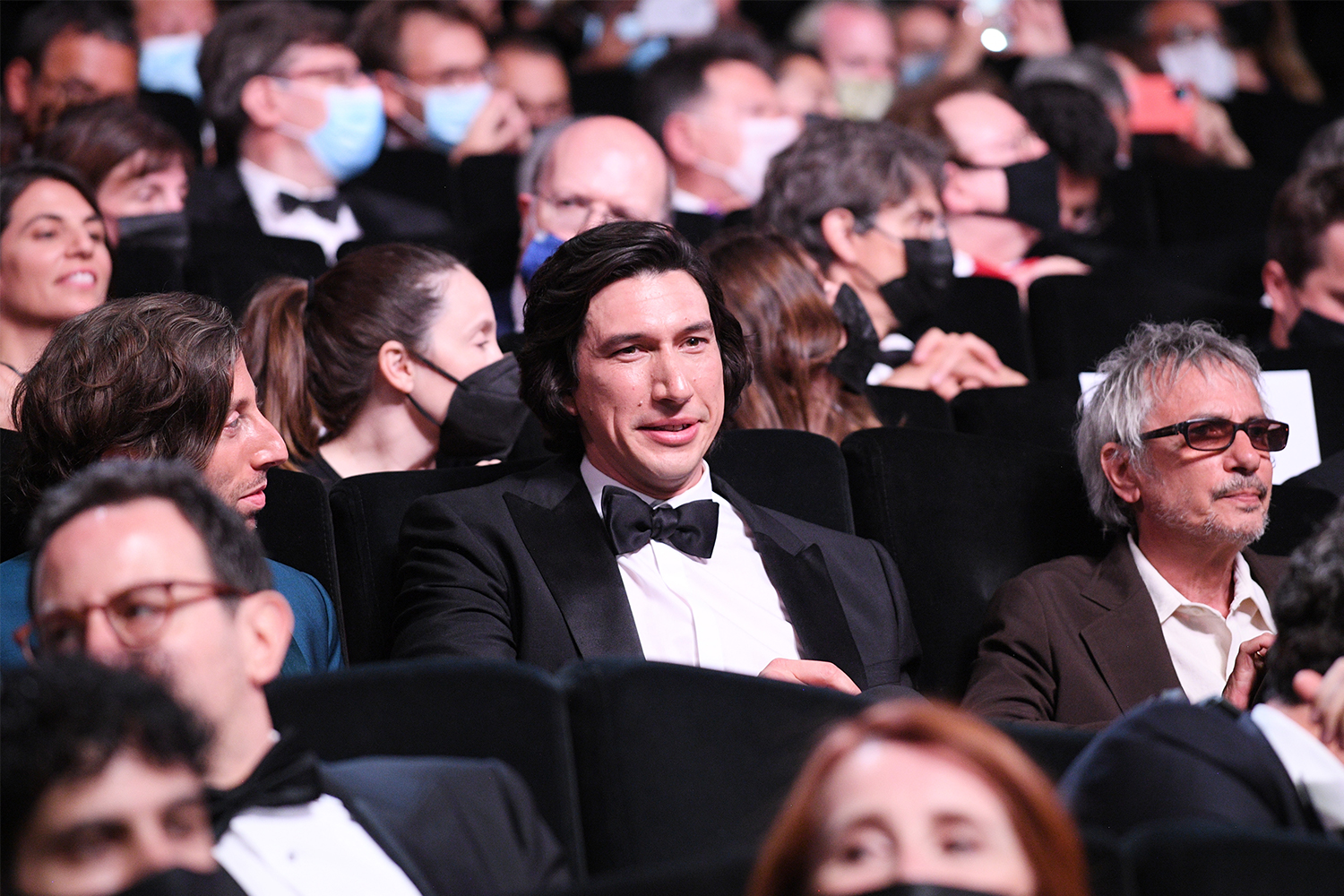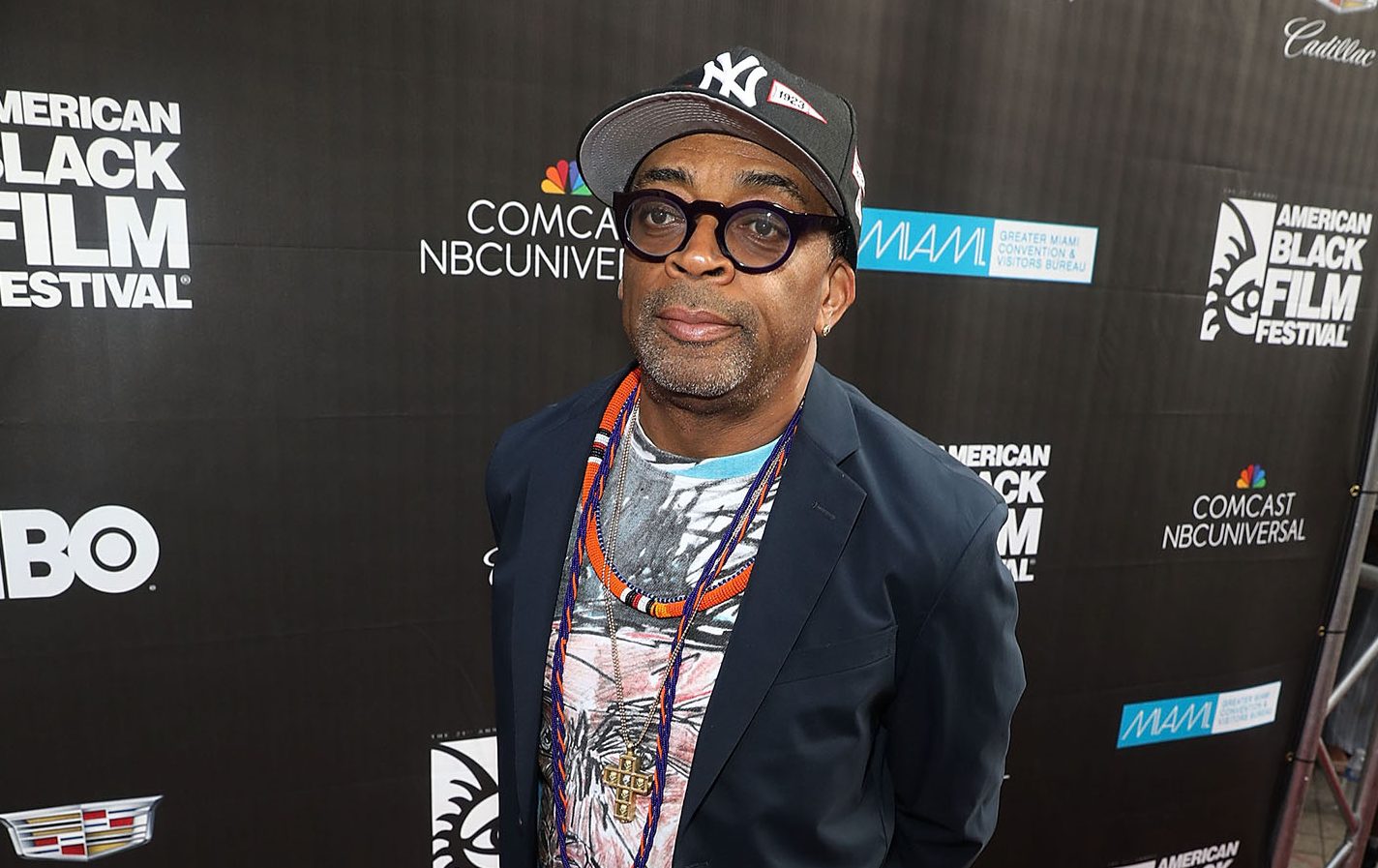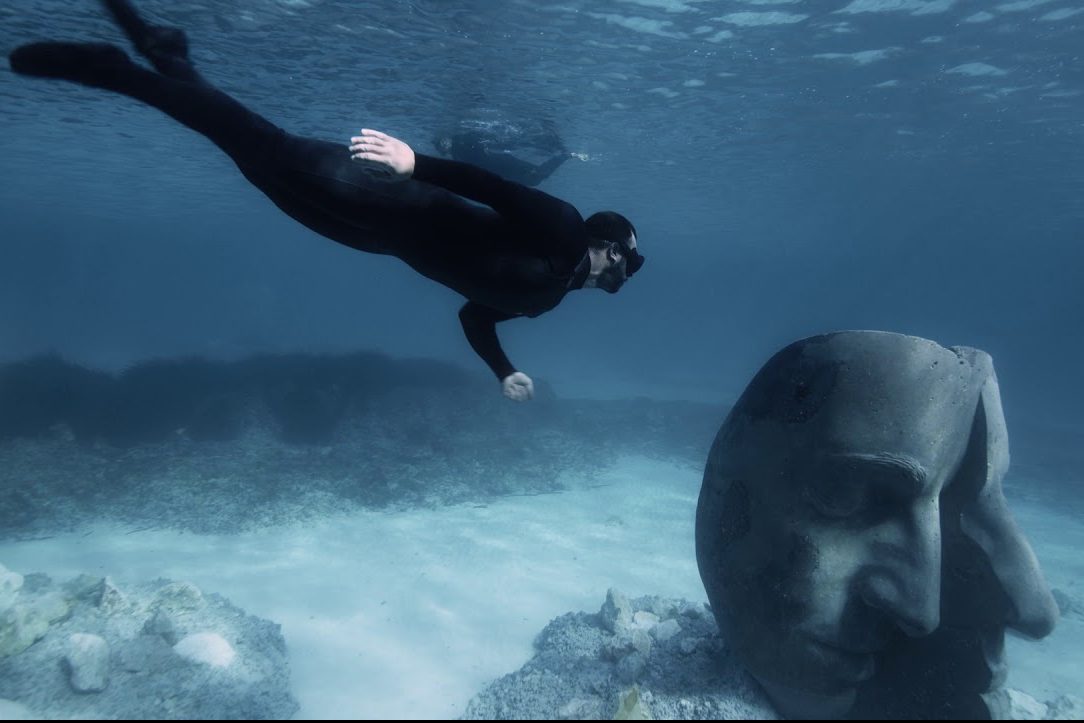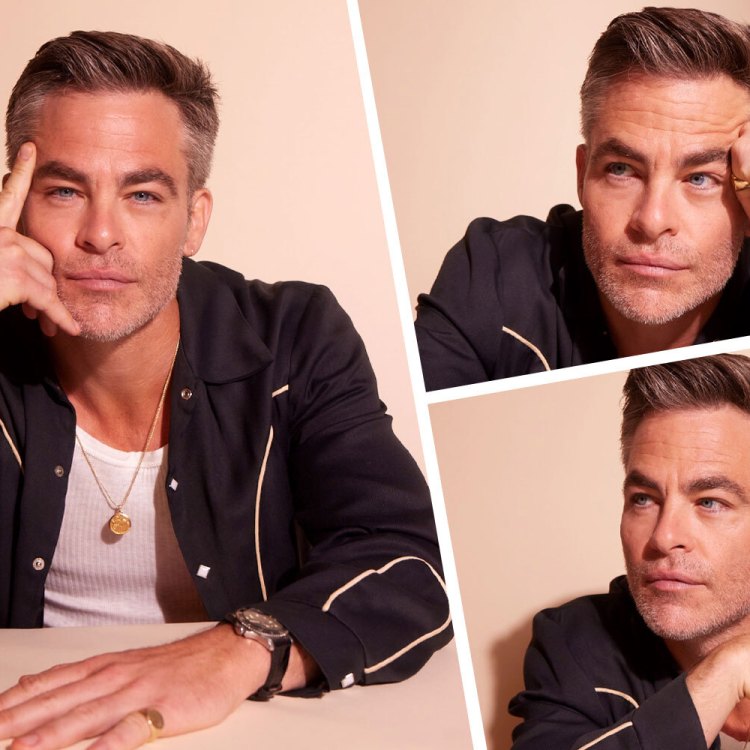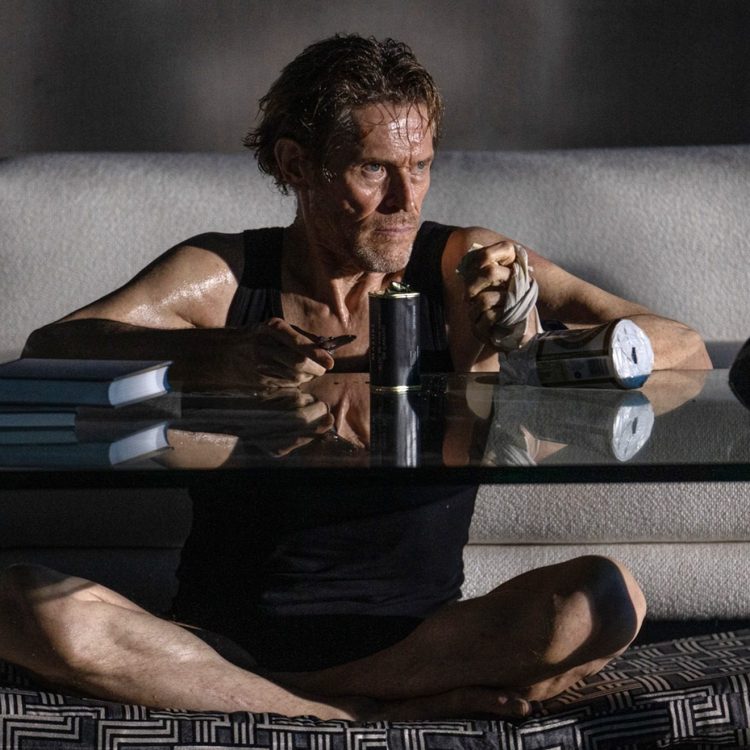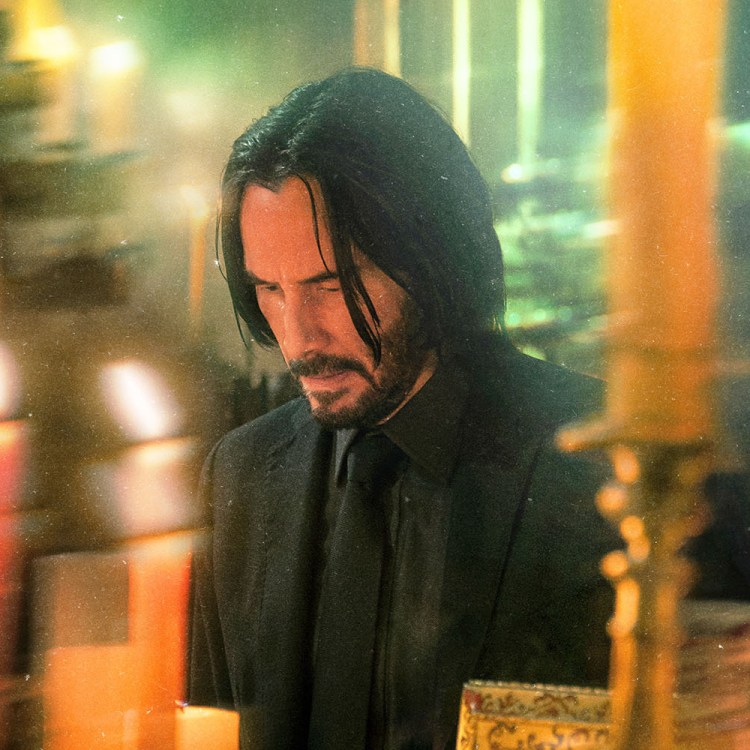This is the latest volume of the French Dispatches, our on-the-ground coverage of the 74th Cannes Film Festival, which is back in 2021 after a yearlong hiatus due to COVID-19. Watch this space over the next fortnight for more.
When you’re covering a film festival, you notice the weirdest trends: The same unlikely plot device popping up in multiple films; different characters dancing to needle-drops from the same artist, or petting the same breed of dog. Cannes 2019 was the year of decapitations. Sometimes this is a genuine zeitgeist, sometimes it’s a dumb coincidence blown out of proportion by writers under deadline pressure, seeing too many movies on not enough sleep. You tell me which this is: Yesterday, Thursday, I saw two movies about a young woman’s journey of self-discovery during the course of which her face is smeared with her own period blood.
Both of these movies are about a woman named Julie who celebrates her 30th birthday during the course of the narrative, both stage the menstrual moment as a sight gag, signaling their formidable wit and emotional bravery. My festival has barely started, but I won’t be surprised or disappointed if, a week and twenty-some movies from now, these two films, The Souvenir Part II and The Worst Person in the World end up having been the two best things I saw here.
Joachim Trier, the Norwegian director of Reprise, Oslo, August 31st, Louder than Bombs and Thelma, breaks The Worst Person in the World into 12 chapters with a prologue and an epilogue. These episodes — of varying length and seriousness, with some tragic turns and some playful digressions into the lives of wine moms and Instagram yogis — give the sense of a life viewed from different vantages. We meet Julie (Renate Reinsve) when she’s a student, switching her hair and her majors every couple of years, a millennial taking advantage of increased life expectancy and the victories of feminism to find herself on her own terms, whatever those terms might be.
For now, Julie works in a bookstore, and she’s settled down with an older boyfriend, Aksel, played by Anders Danielsen Lie, the actor who has previously been Trier’s onscreen avatar in Reprise and Oslo, August 31st. Trier was a teenage skateboarding champion in the ’80s and ’90s; Aksel is an underground comic artist — his most famous creation is an obscene bobcat with an “iconic butthole” — and despite his very aging-Gen-X’er views about political correctness and “freedom of speech,” Julie seems happy with him. They argue — not argue, discuss —whether to have kids on his timeline or hers, but at a party one night, Julie meets Eivind (Herbert Nordrum), and the two flirt intensely without, technically, cheating on their respective partners. (Whether or not this is a conscious choice of the filmmakers, Herbert Nordrum looks like the himbo version of Anders Danielsen Lie, a sweet unformed boy who dutifully works out and has picked up the environmental concerns of his ex.) Talking to a new person, her personality flowing out of her in a rush of self-flattering lies and previously unarticulated truths, makes Julie think about hitting the reset button on her life.
“You’re not yourself right now,” Aksel says to Julie during a crucial argument, and that’s the crux of it right there. What if you could just… be a different person? What if there is a different, better you inside of the current one, and you could coax her forth, with the right career, or romantic partner, or set of interests, or cocktail of drugs? And you could do that now, before it’s too late?
I’ve loved Trier since Reprise for his freewheeling melancholy and lyrical impulsivity, an approach which suits this material. At one point, Julie runs through an Oslo where everyone else is frozen in place, as the sun rises and then sets, for once with time enough for everything. (The way Trier films Oslo, its different neighborhoods and the way the light hits at different times of the year at the Scandinavian latitudes, is so loving.) Renate Reinsve, who looks from certain angles like Dakota Johnson and from certain angles like Vicky Krieps, gives Julie a wicked, charismatic sense of humor, and flashes of vanity you forgive because of her captivating openness. By the end of the film you really feel the passage of years of her life, the doors that have opened and closed, the time that’s washed away. She’s an immediate favorite to win Best Actress at the festival, unless the jury has a loftier prize in mind for the film. Either way, congratulations to her new American representation, whoever they may be.
The Souvenir Part II made its world premiere Thursday, in the parallel Directors’ Fortnight selection of the festival. Like The Worst Person in the World, it’s a formal collage and a story of becoming. In The Souvenir, which was released in 2019, the austerely intelligent English filmmaker Joanna Hogg recreated her formative romance, as a naive and monied film student, with a brilliant and elusive older man with a secret heroin habit. Hogg included snippets of her own student films alongside other vivid, precisely remembered textures — slouchy dressing gowns and slippers, picture postcards. Part II returns to the memory palace and finds everything just the way it was — we’re back at Julie’s Knightsbridge apartment with its strange mirrored glass panels on the wall between kitchen and living room, with one panel cracked where it was broken in the last movie. But haunted as it is, The Souvenir Part II stands on its own just as much as Part I’s self-contained remembrance — this movie synthesizes the raw material of Part I, with Julie’s dead lover Anthony as a kind of structuring absence, as well as the subject of her thesis film.
In some ways The Souvenir Part II an exercise in wishful thinking: Hogg is having her character process the experience at the time, rather than waiting decades. The rigor of the first film, with its distanced and deliberate framings, gives way to a more multifaceted approach, appropriate to a film about how life is lived, then understood, then reinterpreted. The dominant visual tone is still the milky, filmy 16mm look of Part I, but Hogg also mixes up film and digital stocks and switches the aspect ratio. There are song snippets — Nico, Wire, Talk Talk, Soul II Soul; one secondary takeaway from this film is that Joanna Hogg was very cool in the ’80s — and montages of flowers that break up the action, like petals pressed between the pages of a scrapbook. The film is a hall of mirrors, like Julie’s apartment, or an assemblage, like the script she presents to her skeptical film-school advisors in lieu of a properly formatted script, tied up with a red bow.
Her teachers are not, entirely, wrong to worry about the film: Julie is still processing, and her film shoot is plagued by her inexperience as a filmmaker, the limitations of her self-knowledge at this phase of her life, and the very gendered frictions with her fellow-student crew members. (It’s not that she’s unique in not knowing what she’s doing, it’s just that she doesn’t know how to fake it. In a subplot, Richard Ayoade returns as his character from Part I, a filmmaker based on Julien Temple, who is now directing a movie musical clearly based on Temple’s benighted Absolute Beginners. Ayoade is hilarious as a brilliant man hiding his flailing behind a torrent of witty insults — he can’t be screwing up, he’s clearly the smartest guy in the room, right?) Layers of firsthand experience and secondhand narration are collated as Julie reconstructs her apartment on the soundstage that’s the film’s other key location; the view from the windows of Julie’s real flat begins to look like blown-up photographs.
As Julie, Honor Swinton Byrne gives a performance that makes me respect her performance in The Souvenir more — she’s calibrated her character’s arc over the two separate shoots, picking up where she left off with the touchingly reactive Julie of Part I, and gradually opening up, becoming more relaxed and exterior as different facets of her character emerge and cohere. Julie’s wardrobe of silky PJs and upscale New Wave dresses and blazers evoke the milieu of posh post-punk ’80s Britain. Some of her costumes were, apparently, borrowed from Honor Swinton Byrne’s real-life mother Tilda Swinton, who plays her repressed and loving mum here; in gentlewoman-farmer rustic woolens and natural gray hair, Swinton mère gives a performance that’s a little bit tongue-in-cheek and a little bit moving.
Tilda is also here for The French Dispatch, which screens beginning Monday. As the festival got off the ground, there was consternation that its most anticipated title would crash the balky new Cannes ticketing site when we all woke up at 7 a.m. this morning to jam the system with our simultaneous requests for the newly available French Dispatch screenings. Amid widespread grumbling about long loading times, lagging notifications and 404 error codes, one member of the North American press even stood up in the auditorium before a screening to rally his fellow critics to some kind of incoherent “protest” against the online ticketing system, and a prompt return to the old normal of queuing for hours, presumably masked, in 80-degree heat. A few people clapped, most people continued looking at their phones, and one noble soul cried out, “No one cares!” The French Dispatch ticketing all went fine this morning, as far as I know; press attendance is down because of travel restrictions so there are enough seats to go around, and anyway, no one cares.
Given how much of a reach it is for critics to build narratives out of what happens onscreen at a film festival (period blood! Honestly.), I’m reluctant to try too hard to tell you about what’s happening offscreen — that kind of writing so often comes off as just shrill navel-gazing and a perverse form of bragging. I do believe it’s interesting and helpful for readers to understand something of the context in which film critics are seeing and reacting to the movies that will dominate the discourse over the next year, and Vulture’s Nate Jones wrote an entertaining piece about the perfectly efficient PCR testing regime at Cannes and the larger safety concerns around fully masked 100% capacity screenings and the way forward for festivals in 2021 and beyond. (I’m typing this in a mask, incidentally, inside one of the press areas at the Palais, where crowds are down from pre-COVID levels if not exactly socially distanced, and mask compliance is about equivalent to your local supermarket.) In the case of the new ticketing system, I think the takeaway is mostly just that people covering film festivals have found a new thing to be solipsistic mole-man weirdos about. Nature is healing.
This article was featured in the InsideHook newsletter. Sign up now.

